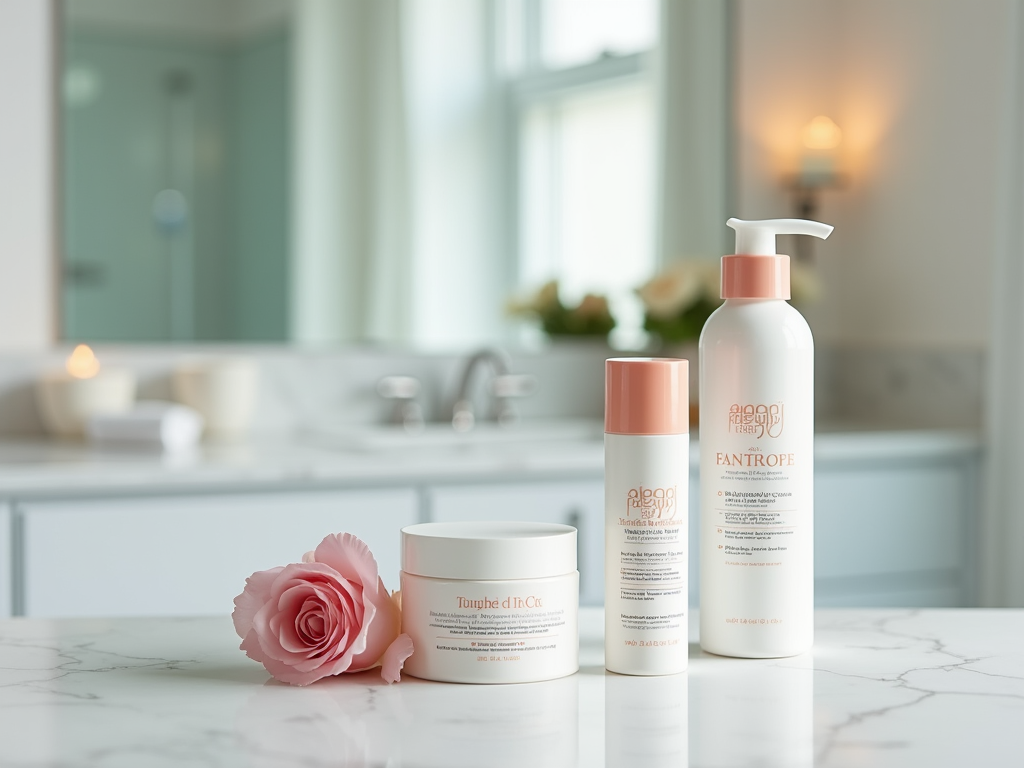When it comes to dry skin, crafting an effective skincare routine can feel like walking on thin ice. However, the solution might be closer than you think. Our team of expert dermatologists is here to guide you through a comprehensive skincare regimen designed specifically for dry skin. This article outlines strategic steps and product recommendations tailored to nourish and revive your skin effectively. From understanding the right ingredients to avoiding common pitfalls, let’s dive deep into achieving deeply hydrated and healthy skin.
Understanding Dry Skin: Causes and Symptoms

Dry skin, medically referred to as xerosis, is a condition marked by a lack of the appropriate amount of water in the epidermis, the skin’s outer layer. Various factors contribute to this condition, including environmental influences like cold weather and low humidity. Internal factors can include genetics, aging, and certain medical conditions. Symptoms often manifest as flaky, rough patches, tightness, and even itching or redness. Understanding these symptoms is crucial in crafting a suitable skincare routine. It’s essential to remember that each individual’s skin is unique, meaning personalized care strategies yield the best results.
Essential Ingredients for Hydrated Skin

The foundation of any effective skincare routine is selecting products with the right ingredients. Hyaluronic acid is a hero ingredient renowned for its ability to hold up to 1000 times its weight in water, making it perfect for hydrating dry skin. Ceramides, another key ingredient, help in reinforcing the skin’s barrier, preventing moisture loss. Look for products that contain glycerin and urea as well, as they are humectants that attract water into the skin. Here’s a list of essential ingredients to look for in skincare products designed for dry skin:
- Hyaluronic Acid: Retains moisture and plumps skin.
- Ceramides: Strengthen the skin barrier and maintain hydration.
- Glycerin: Draws water from the air into the skin’s outer layer.
- Urea: Exfoliates and hydrates simultaneously.
- Squalane: Balances oil production while hydrating.
Step-by-Step Skincare Routine for Dry Skin
Crafting an efficient skincare regimen is fundamental in tackling dry skin issues. Start with a gentle cleanser formulated without harsh sulfates that can strip natural oils. Follow with a hydrating toner that further prepares the skin to absorb the products that follow. Incorporate a serum rich in hyaluronic acid to attract moisture. Moisturizing is crucial—opt for a rich cream with ceramides and squalane to lock hydration in. Don’t forget sunscreen in the morning routine, as UV protection is vital. Apply a broad-spectrum SPF 30 or higher for maximum protection. An example routine could look like this:
- Cleanser: Use a sulfate-free gentle cleanser.
- Toner: Hydrating toner to help absorb products better.
- Serum: Apply a hyaluronic acid serum.
- Moisturizer: Rich cream with ceramides and squalane.
- Sunscreen: Apply broad-spectrum SPF 30 or higher.
The significance of a tailored night-time skincare routine cannot be overstated, as this period allows the skin to enter recovery mode. Incorporate retinoids which aid in cell turnover, but ensure to balance with ample moisturizing to reduce potential dryness. Overnight masks and oil-infused treatments provide additional hydration. Weekly exfoliation using gentle chemical exfoliants like lactic acid can also help remove dead skin cells, promoting absorption of treatments. These steps not only enhance skin hydration but also improve skin texture over time, giving your face a refreshed appearance by morning.
Conclusion
Dry skin doesn’t have to be a permanent struggle. By carefully selecting your skincare products and adhering to a routine that focuses on hydration, you can achieve softer, more radiant skin. Remember that consistency is key, and occasional tweaks might be necessary to adapt to changes in weather or personal skin reactions. With our expert-backed advice, you’re well on your way to crafting a regimen that provides the nourishment your skin needs.
Frequently Asked Questions
1. Can people with dry skin use oil-based products?
Yes, oil-based products can be beneficial for dry skin, offering additional hydration and helping to lock in moisture. Ingredients like squalane and jojoba oil are particularly good options.
2. Should exfoliation be a part of a dry skin routine?
Exfoliation can be beneficial for dry skin when done correctly. Using a gentle exfoliant like a lactic acid once a week can help remove dead cells without irritating the skin, improving the effectiveness of your moisturizing products.
3. How often should I moisturize if I have dry skin?
For dry skin, it is ideal to moisturize at least twice daily—once in the morning and once before bed. Apply moisturizer immediately after cleansing to trap in moisture.
4. Are there lifestyle changes that can help improve dry skin?
Yes, staying hydrated by drinking plenty of water, using a humidifier at home, and avoiding long hot showers can retain your skin’s moisture levels. Consuming a balanced diet rich in omega-3 fatty acids can also support healthier skin.
5. Can dry skin be a sign of a more serious condition?
While often simply a result of environmental factors or natural skin type, persistently dry skin can sometimes indicate underlying medical conditions such as eczema or hypothyroidism. It is advisable to consult with a dermatologist if your skin’s dryness is severe or persists despite proper skincare efforts.



